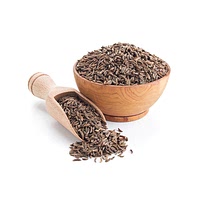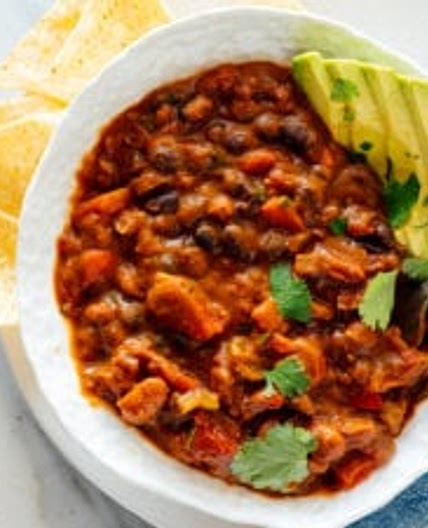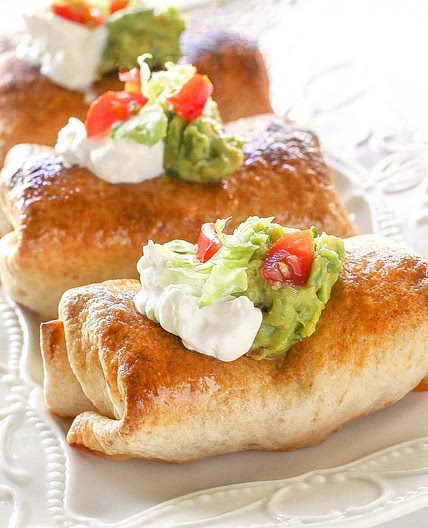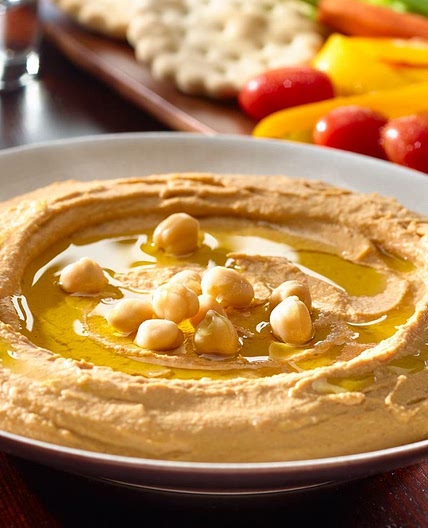Cumin
 Pantry
PantryYou probably don’t associate cumin with the zesty, fresh herb of parsley. One seems more at home in light Mediterranean dishes while the other is undeniably earthy and a staple in Indian and Middle Eastern spice blends. But despite their totally different tastes and applications, they’re not-too-distant cousins, which might explain why they complement one another so well in dishes like curry, shakshuka, and falafel. Cumin is an ancient spice which is made by harvesting (by hand) the dried seed of a plant known as Cuminum cyminum. This annual plant is part of the parsley family. We know it’s been around for a while because cumin has been found in ancient excavations in both Syria and Egypt. Today though, India and Iran are the main producers of cumin worldwide. However, it grows very easily and is suited to a wide range of climates. As a result, it’s also cultivated in other places across the world including Argentina and Mexico, North Africa, the Mediterranean, and Central Asia. It’s more commonly used once ground up as a powder, but is also available in whole seeds which look very similar to caraway seeds. If it’s the health benefits you’re after, research suggests that you’re better off using the ground version than the seeds. This is because our bodies absorb cumin better once it has been ground up, so you’ll get the full benefit of all those antioxidants and vitamins.
Cumin nutrition and vitamin info per 100g
| Energy | 375 | kcal |
| Total Fat | 22.270000457763672 | g |
| Carbohydrate Total | 44.2400016784668 | g |
| Sugars | 2.25 | g |
| Protein | 17.809999465942383 | g |
| Sodium | 168 | mg |
| Fiber | 10.5 | g |
10000+ recipes to cook with Cumin
Cumin equivalents and varieties
Cumin cooking tips
 Samsung Food
Samsung FoodCumin seeds and cumin seeds powder should be kept in tightly-sealed glass containers in a cool, dark and dry place.







